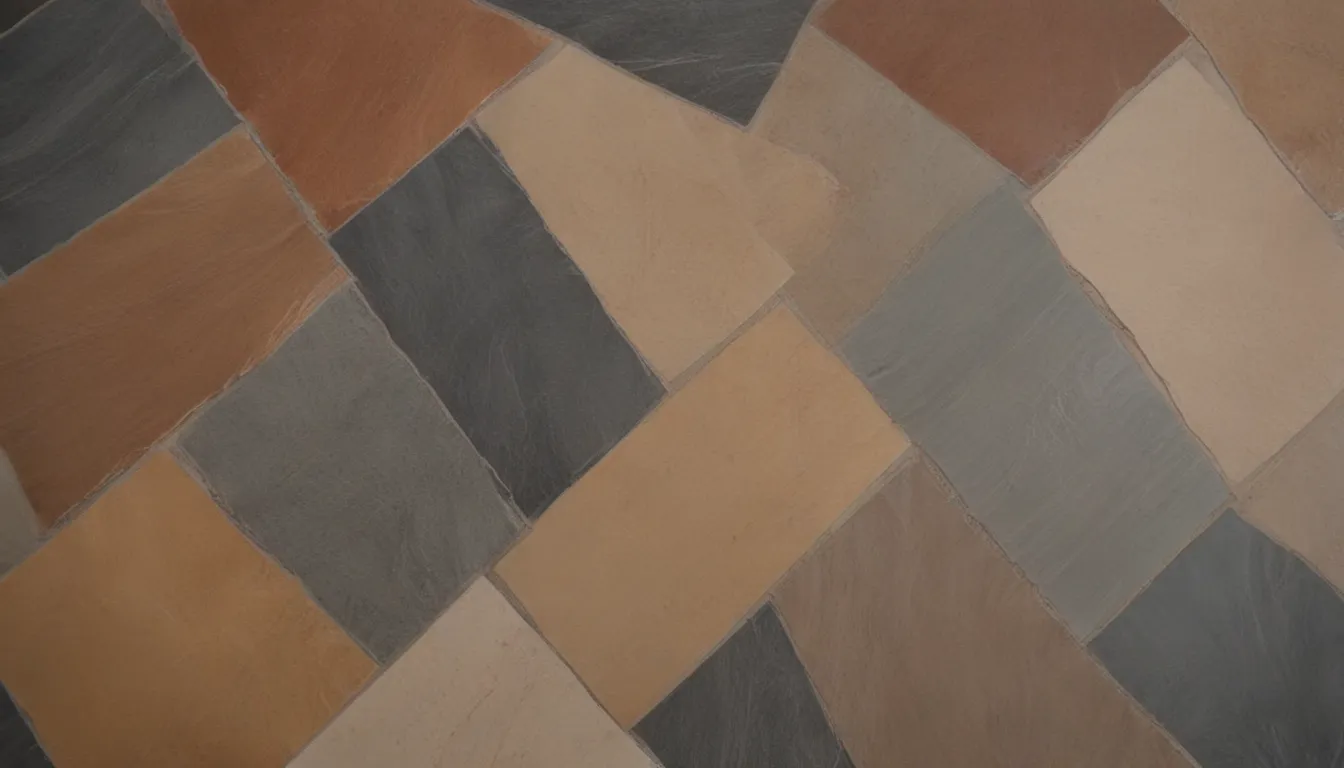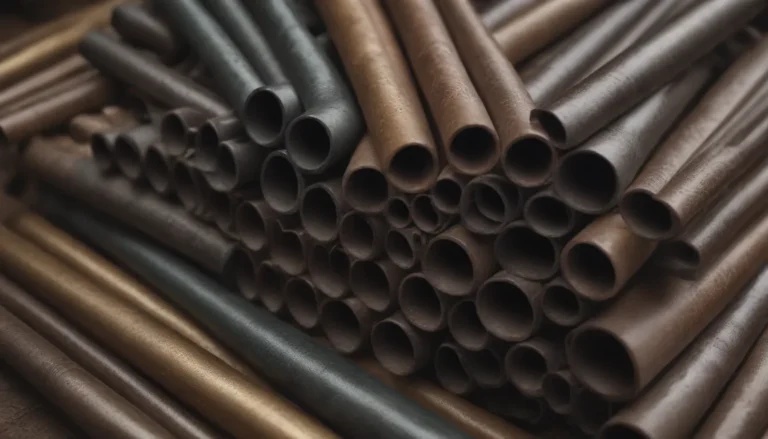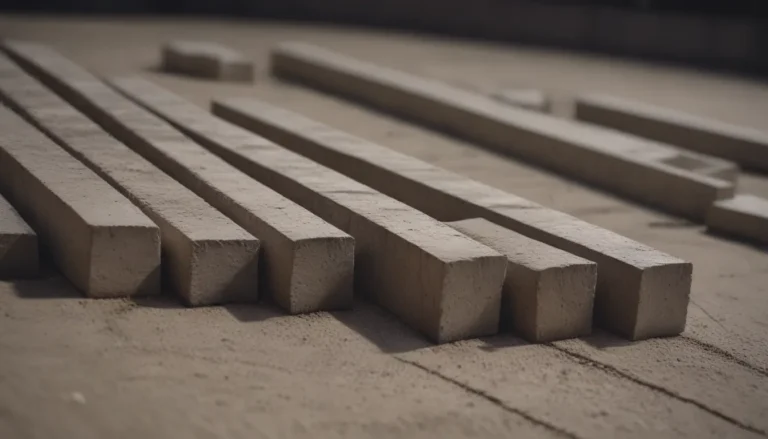The Ultimate Guide to Rectified Tile: Benefits, Downsides, and Installation

Are you considering using rectified tile for your next home renovation project but aren’t sure if it’s the right choice for you? In this comprehensive guide, we’ll dive deep into the world of rectified tile, exploring its pros and cons, cost considerations, maintenance and repair tips, design possibilities, top brands to consider, and much more. By the end of this article, you’ll have all the information you need to decide if rectified tile is the perfect fit for your home.
What is Rectified Tile?
Rectified tile is a type of fired tile—whether ceramic or porcelain—that has undergone a mechanical cutting or grinding process to achieve precise, exact sizing on its edges. This process creates a neat, trim, and precisely cut tile with minimal grout lines, giving a sleek and modern look to any space. While rectified tile does not necessarily offer a superior performance compared to other edge treatments, it does provide a distinct aesthetic appeal that many homeowners find attractive.
The Pros and Cons of Rectified Tile
Before making a decision about using rectified tile in your home, it’s essential to consider the following pros and cons:
Pros:
– Trim and neat look: Rectified tile offers a sleek and modern appearance with clean lines.
– Collects less debris: Due to its minimal grout lines, rectified tile is easier to clean and maintain.
– Smaller, fewer grout lines: Minimal grout lines create a seamless and polished finish.
– Perfect for large spaces: Larger-sized rectified tiles are ideal for expansive rooms.
Cons:
– More expensive: Rectified tile tends to be pricier due to the precision cutting process.
– More difficult to set: Installation of rectified tile requires precision and expertise.
– Easy to notice chipped edges: Any imperfections or chipped edges are more visible with rectified tile.
Rectified Tile Cost
The cost of rectified tile can vary depending on the manufacturer, design, and size. On average, you can expect to pay between $1 to $20 per square foot for the tile itself. Installation fees may range from $15 to $20 per square foot if you hire a professional. Keep in mind that the minimal grout lines of rectified tile may result in slightly higher installation costs compared to traditional tiles.
Maintenance and Repair
Maintaining rectified tile is relatively easy and straightforward. To keep your tiles looking their best, simply sweep away any debris regularly and mop with a water and mild soap solution on a weekly basis. While the tiles themselves are durable and stain-resistant, it’s crucial to seal the grout lines periodically to prevent staining and mildew buildup. If a tile becomes cracked or chipped, it is possible to replace it, although this task may be more challenging with rectified tile due to the tight spacing between tiles.
Design Possibilities with Rectified Tile
Rectified tile offers a wide range of design possibilities for any room in your home. Here are some key design features to consider when working with rectified tile:
Thin Grout Lines
– The main allure of rectified tile for many homeowners is the ability to achieve a tile installation with minimal grout joints.
– Thicker grout lines offer more tolerance for irregularly sized tiles, whereas rectified tile demands precise alignment due to its narrow grout lines.
Clean Precise Grout Lines
– The clean, sharp edges of rectified tile make for precise and immaculate grout lines, ideal for showcasing honed or polished tiles.
Larger-Sized Tiles
– Rectified tiles typically come in sizes of 15 inches or larger, providing a modern and expansive look to any space.
– While smaller rectified tiles are less common, sizes as small as 12 inches by 12 inches can still be found in the market.
Fired Tile, Not Natural Stone
– It’s essential to note that rectified tile specifically refers to fired ceramic or porcelain tiles and does not apply to natural stone varieties like marble, granite, or travertine.
Rectified Tile Installation
When it comes to installing rectified tile, precision is key. Unlike traditional tiles that may exhibit minor dimensional variations, rectified tile offers uniform sizing across its edges. However, it’s crucial to ensure a flat and level substrate before laying large rectified tiles. Any imperfections in the substrate may result in lippage, making uneven grout lines more noticeable.
Top Brands of Rectified Tile
Most major tile manufacturers offer a selection of rectified tile options in their product lineup. When choosing a rectified tile, be sure to check the specifications and edge finish to determine if it meets your desired criteria. Keep in mind that mosaic tiles are inherently rectified due to their cutting process, and natural stone tiles are also considered rectified since they are cut from larger slabs. Some top brands to consider for rectified tile include:
- Brand A
- Brand B
- Brand C
Is Rectified Tile Right For You?
Ultimately, the decision to use rectified tile in your home comes down to personal preference and design aesthetic. If you value sleek, modern looks with minimal grout lines and larger tile sizes, rectified tile may be the ideal choice for your space. Additionally, the durability and stain-resistant properties of rectified tile make it a practical option for high-traffic areas or households with children and pets.
In conclusion, rectified tile offers a unique and contemporary option for homeowners looking to elevate the style of their living spaces. With its precise edges, sleek design, and minimal grout lines, rectified tile can transform any room into a modern masterpiece. Whether you’re renovating a bathroom, kitchen, or living area, consider the benefits of rectified tile and explore the endless design possibilities it has to offer.





